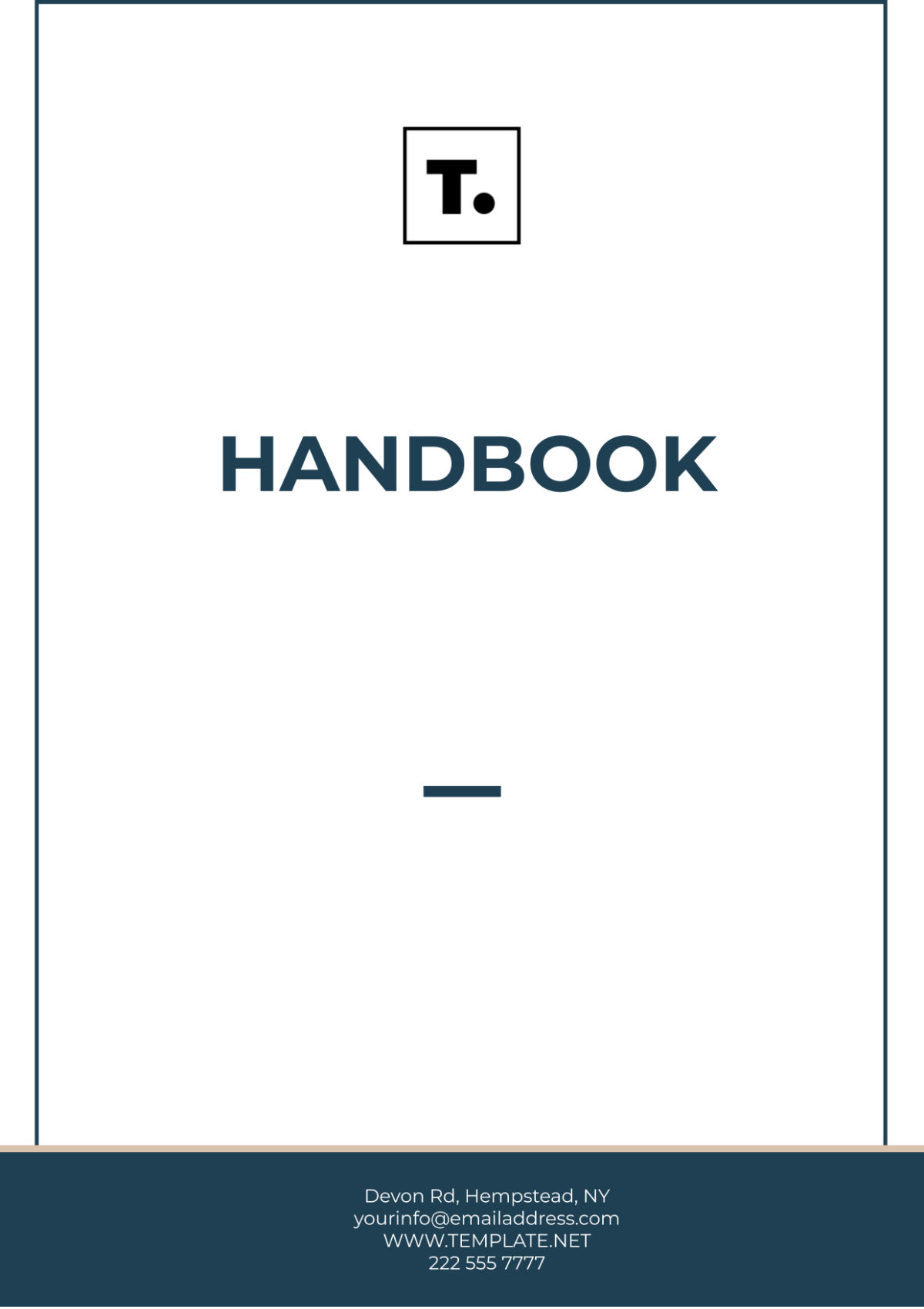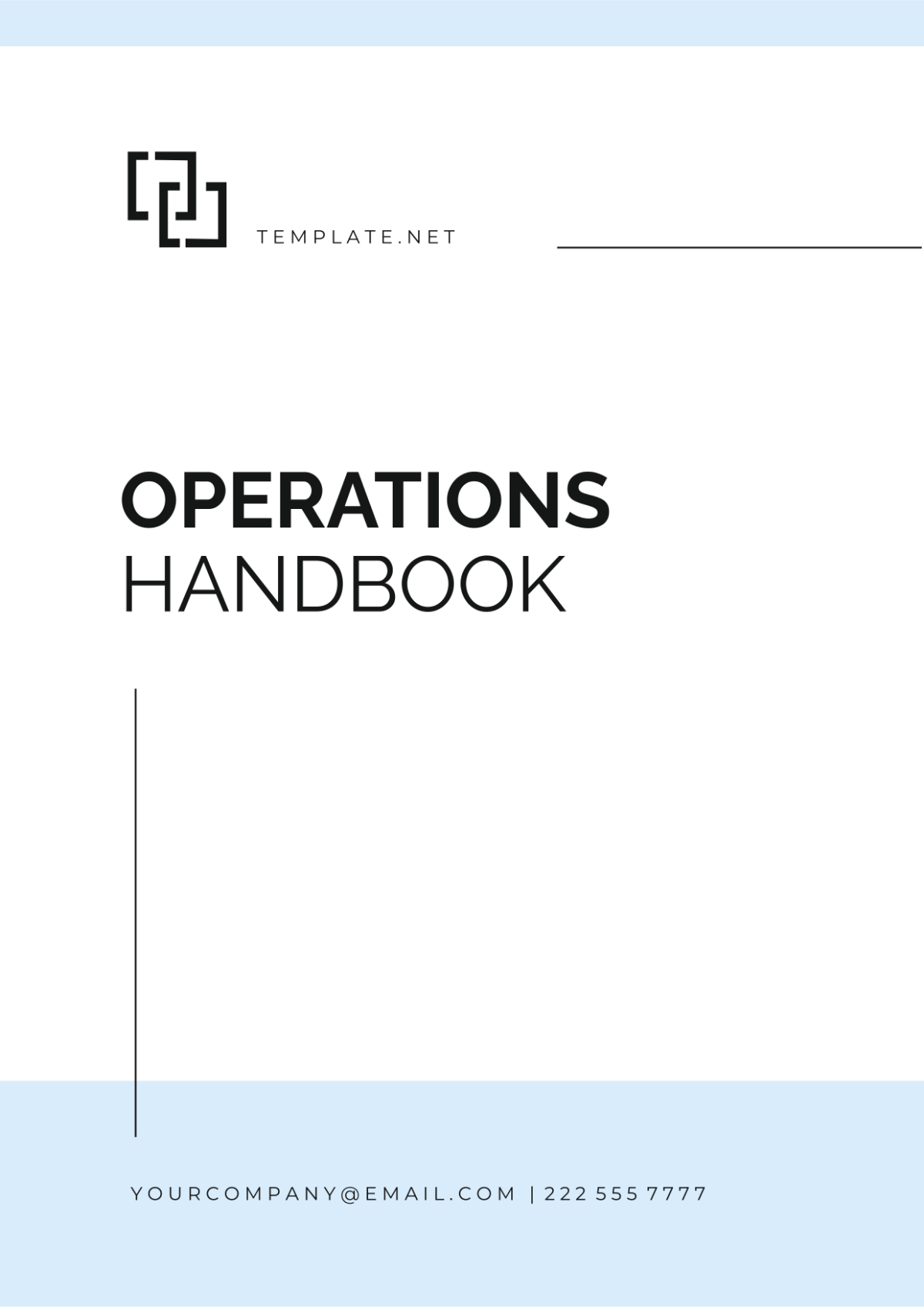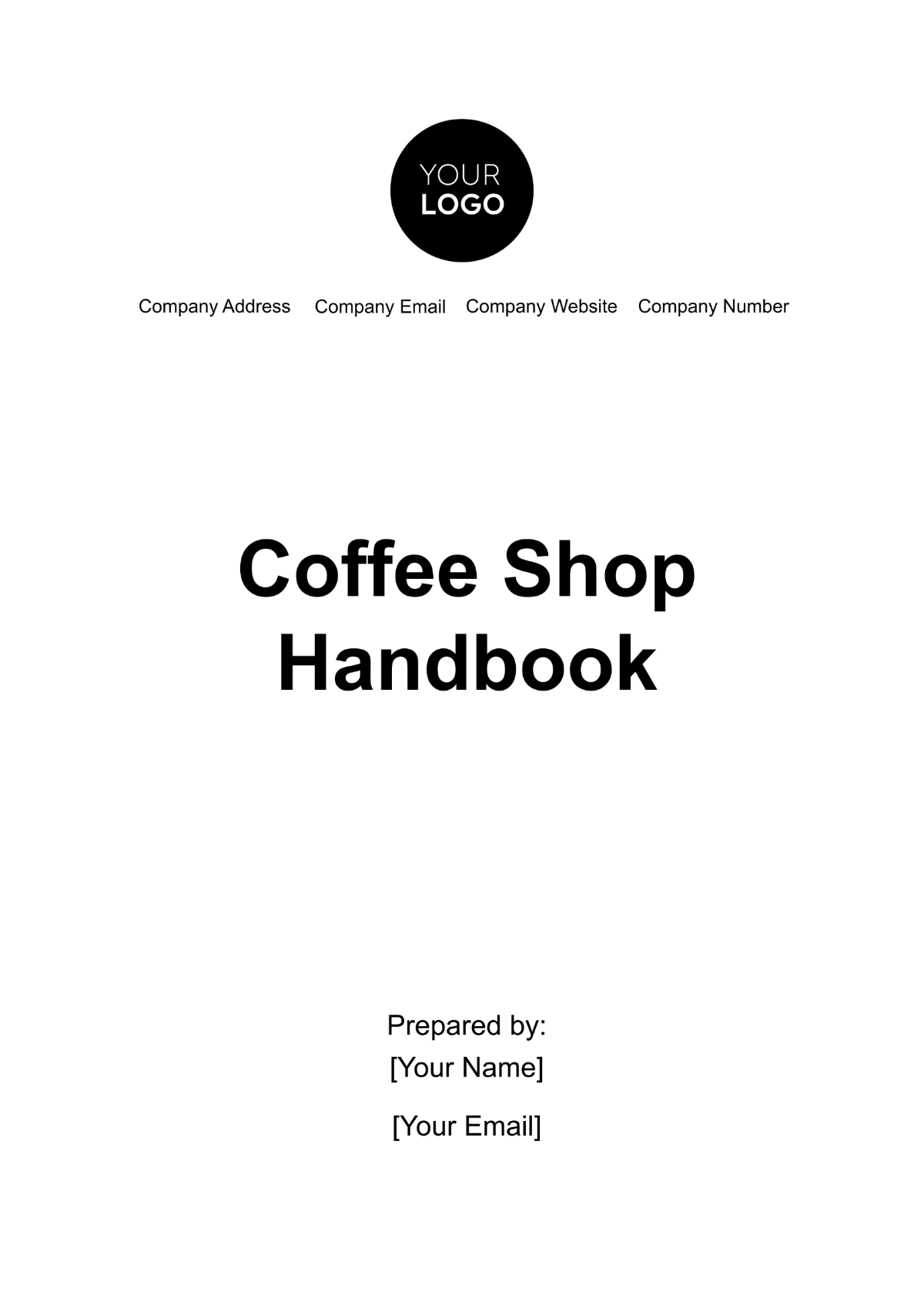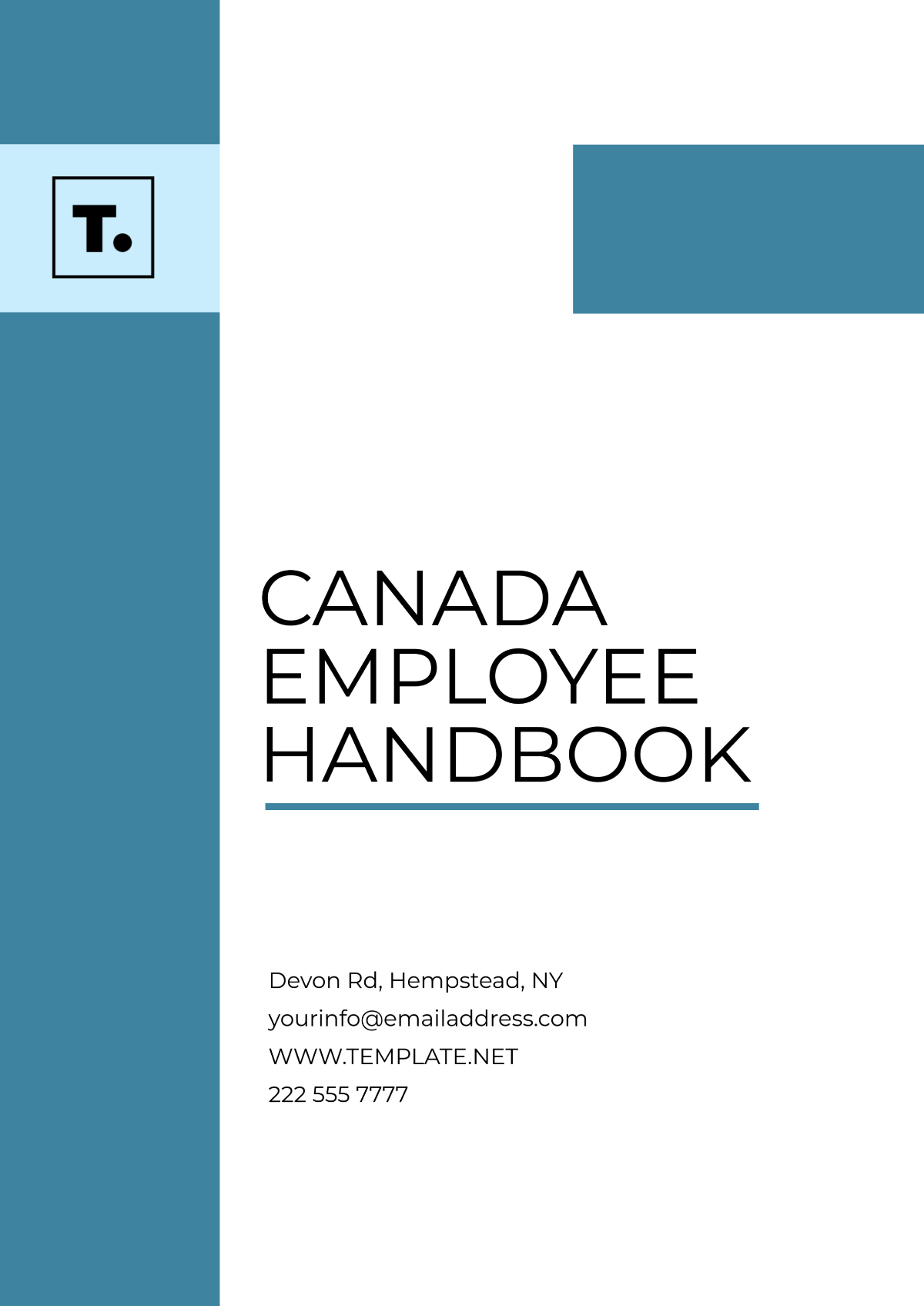Car Wash Quality Control Handbook
I. Introduction
A. Purpose
Purpose of the Handbook: The purpose of this Car Wash Quality Control Handbook is to establish and maintain high standards of service at [Your Company Name]. This handbook aims to ensure that every customer receives a consistent and exceptional car wash experience.
Consistency in Service: By following the guidelines outlined in this handbook, employees will be able to deliver uniform quality in every aspect of the car wash process. This will enhance customer satisfaction and loyalty.
Continuous Improvement: The handbook also aims to foster a culture of continuous improvement by regularly updating quality standards and incorporating feedback from customers and employees.
B. Scope
Comprehensive Coverage: This handbook covers all aspects of the car wash process, from initial customer interaction to final quality checks. It includes procedures, quality control measures, and performance standards.
Applicable Locations: The guidelines apply to all [Your Company Name] locations, ensuring that every branch operates under the same high standards.
Roles and Responsibilities: It defines the roles and responsibilities of all employees involved in the car wash process, ensuring clarity and accountability at every stage.
C. Target Audience
Employees: The primary audience for this handbook is [Your Company Name]'s employees, including car wash technicians, supervisors, and managers.
Management: It also serves as a reference for management to monitor and enforce quality standards and to train new employees.
Stakeholders: Other stakeholders, such as business partners and regulatory bodies, may also refer to this handbook to understand [Your Company Name]'s commitment to quality.
II. Customer Interaction
A. Greeting and Initial Contact
Warm Greeting: Employees should greet customers warmly upon arrival. A friendly and professional greeting sets a positive tone for the entire service experience.
Understanding Needs: Employees must ask pertinent questions to understand the customer's specific needs and preferences. This ensures that the service provided meets or exceeds expectations.
Service Recommendations: Based on the customer's needs, employees should recommend appropriate car wash packages and additional services. Clear communication of benefits helps in upselling and customer satisfaction.
Setting Expectations: Employees should inform customers about the expected time required for the service. This manages customer expectations and reduces potential dissatisfaction due to wait times.
B. Handling Complaints
Active Listening: When a customer raises a complaint, employees must listen actively and empathetically. Understanding the issue fully is the first step in resolving it effectively.
Immediate Resolution: If possible, address the complaint immediately. Quick resolution demonstrates a commitment to customer satisfaction and helps in retaining the customer.
Escalation Process: For complaints that cannot be resolved immediately, employees should escalate the issue to a supervisor. A structured escalation process ensures that all complaints are addressed promptly.
Follow-Up: After resolving the complaint, a follow-up with the customer ensures that they are satisfied with the solution. This extra step reinforces the company’s dedication to customer care.
C. Customer Feedback
Soliciting Feedback: Employees should actively solicit feedback from customers at the end of the service. Feedback is invaluable for continuous improvement.
Feedback Channels: Provide multiple channels for feedback, such as online surveys, feedback forms, and in-person comments. This increases the likelihood of receiving useful insights.
Analyzing Feedback: Management should regularly analyze feedback to identify patterns and areas for improvement. Data-driven decisions help in enhancing service quality.
Implementing Changes: Based on feedback analysis, implement necessary changes to processes and standards. This demonstrates responsiveness to customer needs and fosters loyalty.
III. Car Wash Process
The following table provides an overview of the car wash process steps. Each step is designed to ensure thorough cleaning and customer satisfaction:
No. | Step | Description |
|---|---|---|
1 | Pre-Wash Inspection | Inspect the car for pre-existing damage and inform the customer. |
2 | Initial Rinse | Rinse the car to remove loose dirt and debris. |
3 | Soap Application | Apply soap evenly to the entire car surface. |
4 | Scrubbing | Scrub the car with brushes or mitts to remove dirt. |
5 | Rinse | Rinse off the soap thoroughly. |
6 | Drying | Dry the car using towels or air blowers. |
7 | Final Inspection | Inspect the car for cleanliness and inform the customer. |
A. Pre-Wash Inspection
Thorough Inspection: Inspect the car thoroughly for any pre-existing damage such as scratches, dents, or paint chips. This helps in avoiding misunderstandings with the customer later.
Documentation: Document any damage found and inform the customer before starting the wash. Transparency builds trust and protects the business from liability.
Customer Confirmation: Obtain the customer's confirmation of the documented damage. This ensures both parties are aware and agree on the car’s condition prior to the wash.
B. Initial Rinse
High-Pressure Rinse: Use high-pressure water to rinse the car, removing loose dirt and debris. This step prepares the car for a more effective wash.
Water Temperature: Ensure the water temperature is appropriate to avoid damaging the car’s paint. Cold or lukewarm water is typically recommended.
Complete Coverage: Rinse the entire car, including hard-to-reach areas like wheel wells and undercarriages. Thorough rinsing prevents dirt from scratching the paint during washing.
C. Soap Application
Soap Selection: Use high-quality, pH-balanced soap specifically designed for car washing. This ensures effective cleaning without damaging the car’s finish.
Even Application: Apply soap evenly across the car’s surface using foam cannons or similar tools. Even coverage ensures that all areas receive adequate cleaning.
Dwell Time: Allow the soap to dwell on the car’s surface for a few minutes to loosen dirt and grime. This makes the scrubbing process more effective.
D. Scrubbing
Proper Tools: Use soft brushes or microfiber mitts to scrub the car. These tools are gentle on the paint but effective at removing dirt.
Technique: Scrub in straight lines rather than circles to avoid swirl marks. Start from the top and work down to prevent re-contaminating cleaned areas.
Attention to Detail: Pay special attention to areas with heavy dirt accumulation, such as wheels and lower panels. Thorough scrubbing ensures a spotless finish.
E. Rinse
Thorough Rinse: Rinse the car thoroughly to remove all soap residues. Residual soap can leave spots and streaks if not completely rinsed off.
Spot Check: Check for areas where soap may have pooled, such as door handles and mirrors. Ensure these areas are rinsed clean.
Pressure and Temperature: Use appropriate water pressure and temperature to avoid damaging the car’s finish. Ensure a balanced and gentle rinse.
F. Drying
Drying Tools: Use clean, soft towels or air blowers to dry the car. Avoid using old or dirty towels as they can scratch the paint.
Drying Technique: Dry the car in sections, starting from the top and working down. This method prevents water spots and ensures a thorough dry.
Window and Mirror Care: Pay extra attention to drying windows and mirrors to avoid streaks. Clean, dry windows enhance the overall appearance of the car.
G. Final Inspection
Comprehensive Check: Perform a final inspection of the car to ensure it meets quality standards. Look for any missed spots, soap residue, or watermarks.
Customer Involvement: Involve the customer in the final inspection to ensure their satisfaction. Address any concerns they may have immediately.
Feedback Request: Ask the customer for feedback on the service. Positive feedback confirms quality service, while constructive criticism helps in improvement.
Ensuring a high-quality car wash process involves meticulous attention to detail at every step. Each phase of the process, from the initial rinse to the final inspection, plays a crucial role in delivering a clean and satisfying result to the customer. Consistency in following these steps helps maintain a high standard of service, which is essential for building customer loyalty and reputation.
IV. Equipment Maintenance
The following table outlines the daily maintenance tasks required to keep equipment in optimal condition:
No. | Task | Description |
|---|---|---|
1 | Inspection | Check equipment for any visible signs of wear or damage. |
2 | Cleaning | Clean all equipment to remove dirt and debris. |
3 | Lubrication | Lubricate moving parts to ensure smooth operation. |
4 | Functionality Check | Test equipment to ensure it is functioning correctly. |
5 | Record Keeping | Document maintenance activities in the logbook. |
A. Inspection
Visual Check: Conduct a visual inspection of all equipment for any signs of wear, damage, or leaks. Identifying issues early prevents major breakdowns.
Operational Testing: Test the functionality of each piece of equipment. Ensure that all components are working as expected to avoid disruptions during service.
Report Issues: Immediately report any identified issues to the supervisor. Timely reporting ensures that necessary repairs or replacements are made quickly.
B. Cleaning
Routine Cleaning: Clean all equipment daily to remove any accumulated dirt, grime, or chemicals. Clean equipment operates more efficiently and has a longer lifespan.
Use Appropriate Cleaners: Use cleaning agents that are suitable for the equipment. Avoid harsh chemicals that could damage the equipment or affect its performance.
Thorough Drying: Ensure that all cleaned equipment is thoroughly dried before use. Moisture can cause rust or interfere with electrical components.
C. Lubrication
Identify Parts: Identify the moving parts that require lubrication. Regular lubrication reduces friction and wear, extending the equipment's lifespan.
Use Correct Lubricants: Use the lubricants recommended by the equipment manufacturer. Incorrect lubricants can cause damage or reduce efficiency.
Apply Properly: Apply lubricants as per the guidelines. Ensure that all moving parts are adequately lubricated without over-lubricating.
D. Functionality Check
Operational Testing: Test the equipment’s functionality after cleaning and lubrication. Ensure that it operates smoothly and efficiently.
Monitor Performance: Monitor the equipment's performance during use. Any irregularities should be addressed immediately to prevent service interruptions.
Adjustments: Make any necessary adjustments to ensure optimal performance. Small adjustments can significantly improve the efficiency and effectiveness of the equipment.
E. Record Keeping
Maintenance Log: Maintain a logbook for recording all maintenance activities. This helps in tracking the equipment’s maintenance history and identifying patterns.
Detail Entries: Include details such as date, task performed, and any issues noted. Detailed records assist in proactive maintenance and warranty claims.
Review Records: Regularly review maintenance records to ensure compliance with maintenance schedules and to identify recurring issues.
Regular maintenance of equipment is critical to ensuring smooth operations and delivering high-quality service. By following the outlined maintenance tasks, we can prevent unexpected breakdowns, extend the lifespan of our equipment, and maintain service consistency. Proper equipment care also enhances safety for both employees and customers.
V. Safety Protocols
The following table outlines the necessary PPE for various tasks to ensure employee safety:
No. | Task | Required PPE |
|---|---|---|
1 | Chemical Handling | Gloves, goggles, apron |
2 | Equipment Operation | Safety glasses, gloves |
3 | Cleaning Tasks | Gloves, mask |
4 | Maintenance | Gloves, safety shoes |
5 | General Duties | Gloves, non-slip shoes |
A. Chemical Handling
Appropriate PPE: Employees must wear gloves, goggles, and aprons when handling chemicals. This PPE protects against spills, splashes, and contact with hazardous substances.
Proper Storage: Store chemicals in designated areas away from heat and direct sunlight. Proper storage reduces the risk of spills and accidents.
Safe Handling: Follow manufacturer instructions for handling chemicals. Ensure proper ventilation to avoid inhalation of fumes.
B. Equipment Operation
Safety Glasses: Wear safety glasses to protect eyes from debris and splashes. This is especially important when operating high-pressure equipment.
Gloves: Use gloves to protect hands from sharp edges and hot surfaces. Proper hand protection prevents injuries during equipment operation.
Training: Ensure that all employees are trained in the safe operation of equipment. Training includes understanding the equipment’s safety features and emergency shut-off procedures.
C. Cleaning Tasks
Gloves: Wear gloves to protect hands from cleaning agents and hot water. Proper glove use prevents skin irritation and burns.
Masks: Use masks to avoid inhaling dust and cleaning agent fumes. This is especially important in enclosed areas with limited ventilation.
Safe Practices: Follow safe cleaning practices, such as avoiding mixing cleaning agents that can produce harmful fumes. Proper practices reduce the risk of accidents.
D. Maintenance
Gloves: Wear gloves to protect hands during maintenance tasks. This includes tasks involving sharp tools and hot components.
Safety Shoes: Use safety shoes to protect feet from heavy objects and slips. Proper footwear reduces the risk of foot injuries.
Lockout/Tagout Procedures: Follow lockout/tagout procedures when performing maintenance on powered equipment. This ensures that equipment is safely de-energized before work begins.
E. General Duties
Gloves: Use gloves for general duties to protect hands from dirt and minor injuries. Proper glove use ensures hygiene and safety.
Non-Slip Shoes: Wear non-slip shoes to prevent falls in wet areas. Proper footwear enhances safety in the workplace.
Awareness: Maintain awareness of the work environment. Being alert to potential hazards reduces the risk of accidents.
By prioritizing safety, [Your Company Name] not only protects its employees but also enhances operational efficiency. Safe working conditions lead to fewer disruptions, lower absenteeism, and higher employee morale. Ultimately, a strong safety culture contributes to the overall success and reputation of the business.
VI. Quality Assurance
The following table outlines the key service standards that must be maintained to ensure high-quality car wash services:
No. | Standard | Description |
|---|---|---|
1 | Cleanliness | Cars must be thoroughly cleaned with no visible dirt. |
2 | Timeliness | Services must be completed within the promised timeframe. |
3 | Customer Satisfaction | Customers should be satisfied with the service received. |
4 | Employee Professionalism | Employees should display professionalism at all times. |
5 | Consistency | Service quality should be consistent across all locations. |
A. Cleanliness
Thorough Cleaning: Ensure that cars are cleaned thoroughly, with no visible dirt or grime left. This includes both exterior and interior cleaning as per the service package.
Attention to Detail: Pay attention to details such as windows, mirrors, and tires. These small areas significantly impact the overall appearance and customer satisfaction.
Regular Checks: Conduct regular checks to ensure that cleanliness standards are consistently met. Address any lapses immediately to maintain quality.
B. Timeliness
Prompt Service: Complete car wash services within the promised timeframe. Timely service is crucial for customer satisfaction and operational efficiency.
Efficient Processes: Implement efficient processes and use advanced equipment to reduce service time without compromising quality.
Communication: Communicate any delays to customers promptly. Transparency in service timelines builds trust and manages customer expectations.
C. Customer Satisfaction
Feedback Mechanisms: Implement feedback mechanisms to gauge customer satisfaction. This includes surveys, comment cards, and online reviews.
Addressing Concerns: Address customer concerns and complaints promptly and effectively. A swift resolution process enhances customer trust and loyalty.
Continuous Improvement: Use feedback to continuously improve service quality. Regularly update procedures based on customer insights and industry best practices.
D. Employee Professionalism
Training: Provide regular training to employees on professionalism, customer service, and technical skills. Well-trained employees deliver better service.
Uniforms: Ensure that employees wear clean and presentable uniforms. Professional appearance contributes to a positive customer perception.
Behavior: Employees should display courteous and respectful behavior at all times. Professional conduct enhances the overall customer experience.
E. Consistency
Standard Operating Procedures (SOPs): Develop and implement SOPs for all aspects of the car wash process. SOPs ensure that services are delivered consistently across all locations.
Regular Audits: Conduct regular audits to ensure adherence to quality standards. Audits help identify and address any inconsistencies.
Training and Development: Provide ongoing training and development programs for employees. Consistent training ensures that all team members are aligned with the company's quality standards.
Maintaining high standards of quality assurance is essential for delivering exceptional car wash services. By adhering to service standards, we can ensure that every customer receives a consistent and high-quality experience. Cleanliness, timeliness, customer satisfaction, employee professionalism, and consistency are the pillars of our quality assurance program.
VII. Employee Training
The following table provides an overview of the onboarding process for new employees:
No. | Step | Description |
|---|---|---|
1 | Orientation | Introduce company policies, culture, and values. |
2 | Safety Training | Provide training on safety protocols and emergency procedures. |
3 | Job-Specific Training | Train on specific job roles and responsibilities. |
4 | Shadowing | Allow new employees to shadow experienced staff. |
5 | Evaluation | Evaluate performance and provide feedback. |
A. Orientation
Company Introduction: Introduce new employees to the company's history, mission, and values. Understanding the company culture helps employees align with organizational goals.
Policy Overview: Provide an overview of company policies, including attendance, dress code, and conduct. Clear communication of policies ensures compliance and smooth operations.
Resource Provision: Supply new employees with necessary resources, such as handbooks, uniforms, and ID badges. Proper provisioning helps employees settle into their roles quickly.
B. Safety Training
Safety Protocols: Train employees on safety protocols, including the use of PPE and emergency procedures. Safety training ensures a safe working environment.
Emergency Procedures: Explain emergency procedures for different scenarios, such as fire, chemical spills, and equipment malfunctions. Preparedness reduces risk and ensures quick response.
Regular Refreshers: Provide regular refresher training on safety protocols. Continuous training keeps safety practices current and effective.
C. Job-Specific Training
Role Responsibilities: Train new employees on their specific job roles and responsibilities. Clear understanding of duties ensures effective performance.
Equipment Training: Provide hands-on training on the use of equipment relevant to the job. Proper equipment handling enhances efficiency and safety.
Service Standards: Educate employees on the company's service standards. Adhering to these standards ensures consistent and high-quality service.
D. Shadowing
Experienced Staff: Pair new employees with experienced staff for shadowing. Observing seasoned employees provides practical insights into job performance.
Hands-On Experience: Allow new employees to gradually take on tasks under supervision. Hands-on experience builds confidence and competence.
Feedback Loop: Encourage feedback from both the new employee and the experienced staff. Constructive feedback aids in continuous improvement.
E. Evaluation
Performance Review: Conduct regular performance reviews for new employees. Reviews provide an opportunity to acknowledge strengths and identify areas for improvement.
Goal Setting: Set performance goals and development plans based on the review. Goal setting motivates employees and provides clear direction.
Ongoing Support: Offer ongoing support and resources to help employees achieve their goals. Continuous support fosters growth and retention.
Investing in continuous training and development programs not only enhances employee performance but also boosts morale and retention. Well-trained employees are more confident, efficient, and aligned with the company's quality standards, ultimately contributing to customer satisfaction and business success.
VIII. Quality Control Audits
The following table outlines the audit schedule for quality control:
No. | Frequency | Description |
|---|---|---|
1 | Daily | Daily checks for cleanliness and equipment functionality. |
2 | Weekly | Weekly review of service standards and customer feedback. |
3 | Monthly | Comprehensive audit of all processes and protocols. |
4 | Quarterly | In-depth audit focusing on specific areas of improvement. |
5 | Annually | Full-scale audit and review of overall quality control system. |
A. Daily
Cleanliness Checks: Perform daily checks for cleanliness in the car wash area. Ensure that the environment is tidy and equipment is clean.
Equipment Functionality: Check the functionality of all equipment daily. Ensure that everything is in working order to prevent service disruptions.
Documentation: Record daily checks in the maintenance log. Detailed documentation helps in tracking issues and trends.
B. Weekly
Service Standards Review: Conduct a weekly review of service standards. Ensure that all employees are adhering to the established protocols.
Customer Feedback Analysis: Analyze customer feedback received over the week. Identify recurring issues and areas for improvement.
Team Meetings: Hold weekly team meetings to discuss performance and address any concerns. Regular communication keeps the team aligned and motivated.
C. Monthly
Process Audit: Conduct a comprehensive audit of all processes and protocols monthly. Ensure that all procedures are followed correctly and identify any gaps.
Performance Metrics: Review performance metrics such as customer satisfaction scores, service times, and rewash rates. Metrics provide insights into overall performance.
Corrective Actions: Implement corrective actions based on the audit findings. Regular improvements maintain high standards of quality.
D. Quarterly
Focused Audits: Perform in-depth audits focusing on specific areas that require improvement. Focused audits provide detailed insights and actionable recommendations.
Employee Feedback: Collect feedback from employees on the current processes and protocols. Employee input is valuable for identifying practical improvements.
Training Updates: Review and update training programs based on audit findings. Continuous training ensures that employees are equipped with the latest knowledge and skills.
E. Annually
Full-Scale Audit: Conduct a full-scale audit of the entire quality control system annually. A comprehensive review helps in evaluating the overall effectiveness of the system.
Strategic Planning: Use the audit findings to inform strategic planning for the upcoming year. Strategic planning ensures continuous improvement and adaptation to changing needs.
Policy Review: Review and update company policies and procedures based on the audit. Regular updates ensure that the quality control system remains relevant and effective.
Regular quality control audits are essential for maintaining high standards and continuous improvement at [Your Company Name]. The audit schedule, ranging from daily checks to annual comprehensive reviews, ensures that all aspects of the car wash process are monitored and evaluated consistently.
IX. Frequently Asked Questions (FAQs)
Q: What should I do if a customer is not satisfied with their car wash?
A: If a customer is not satisfied, listen to their concerns actively, apologize for any inconvenience, and offer a solution such as a rewash or a discount on their next visit. Escalate the issue to a supervisor if necessary.
Q: How often should I perform maintenance on the car wash equipment?
A: Daily maintenance checks are essential for ensuring equipment functionality. Additionally, follow the scheduled maintenance tasks outlined in the handbook for weekly, monthly, quarterly, and annual maintenance.
Q: What PPE is required for handling chemicals?
A: When handling chemicals, you must wear gloves, goggles, and an apron to protect yourself from spills, splashes, and contact with hazardous substances.
Q: How do I handle a chemical spill?
A: In case of a chemical spill, follow the emergency procedures outlined in the safety training. This includes evacuating the area, using appropriate spill containment kits, and informing a supervisor immediately.
Q: What should I do if I identify damage on a customer’s car during the pre-wash inspection?
A: Document the damage and inform the customer before starting the car wash. This ensures transparency and avoids misunderstandings.
Q: How can I improve my customer service skills?
A: Improve your customer service skills by actively listening to customers, being courteous and respectful, addressing their concerns promptly, and continuously seeking feedback to learn and grow.
Q: What is the process for reporting equipment malfunctions?
A: Report any equipment malfunctions immediately to your supervisor and document the issue in the maintenance log. Follow up to ensure that the necessary repairs are made promptly.
Q: How do I ensure consistency in service quality?
A: Follow the standard operating procedures (SOPs) for all tasks, participate in regular training, and adhere to the established service standards. Consistency is achieved through adherence to guidelines and continuous improvement.
Q: What steps should I take if an employee gets injured?
A: Follow the emergency procedures for injuries, including providing first aid, notifying a supervisor, and documenting the incident. Ensure that the injured employee receives appropriate medical attention.
Q: How can I provide feedback on current processes and protocols?
A: Provide feedback during team meetings, through suggestion boxes, or directly to your supervisor. Employee feedback is valuable for improving processes and ensuring that the company’s operations are efficient and effective.

















































